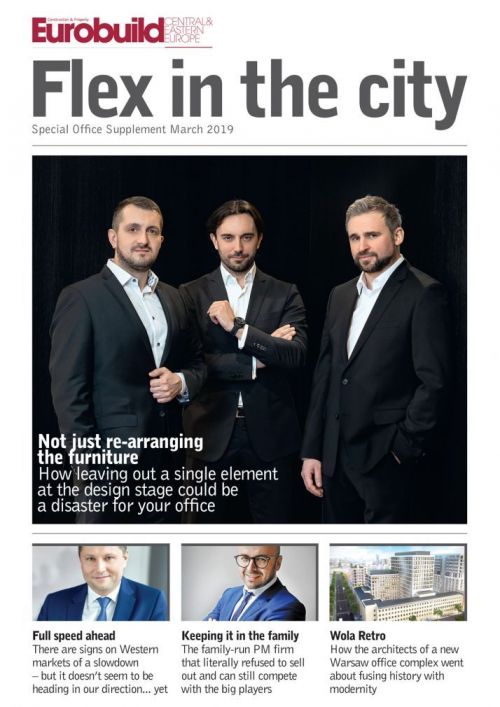Alexander Hayes, ‘Eurobuild Central & Eastern Europe’: Supply is up, vacancy is down and yields are being squeezed. How long can this last?
Tomasz Czuba, Head of Office Leasing, JLL Poland: (laughs) If I knew the exact answer I’d probably be buying a lottery ticket. I don’t think there’s going to be too much change in the near future. The market’s performance is still very good. Even such Warsaw districts like Mokotów, which in terms of office space is the biggest district outside the city centre, is starting to attract investors’ attention. I don’t believe this district will remain the ugly duckling. In fact, I think that in the next 12–18 months Mokotów will see new office investment transactions. As for the entire market we aren’t seeing any signs of a slowdown. A good example of the projects we represent is the Warsaw Hub by Ghelamco, where we pretty much have enough interest for all of the Hub’s space. Of cou































































